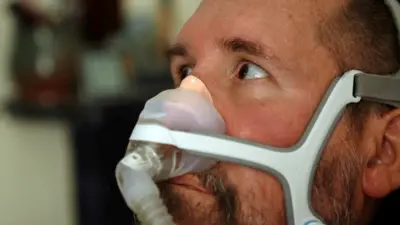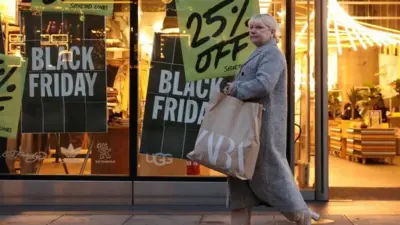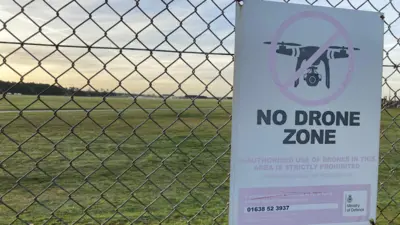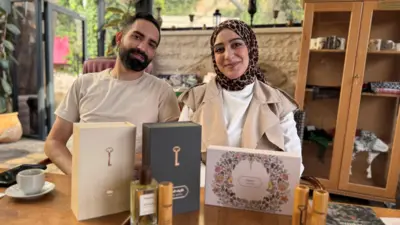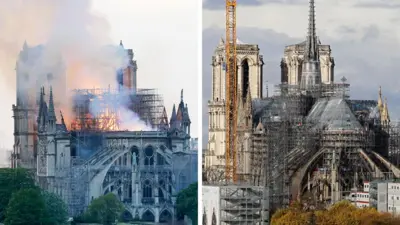We've updated our Privacy and Cookies Policy
We've made some important changes to our Privacy and Cookies Policy and we want you to know what this means for you and your data.
Easyjet paint job makes fuel bills less of a drag
Top Stories
- Author, Jonathan Sumberg
- Role, Transport reporter, │╔╚╦┐ý╩Í News
How to cut the costs of flying? It's one of the key questions facing the aviation industry.
With the price of a barrel of oil at about $100, airlines are having to think of new - and often ingenious - ways to save money.
We've had lightweight composite materials, we've had mergers and we've even had lighter drinks trolleys and thinner carpets.
Now Easyjet, one of Europe's largest airlines, thinks it has found a way to save even more money using a technology you cannot even see: a new paint job.
Top Stories
From Monday, it will be the first commercial airline to trial what it calls a "revolutionary nano-technology coating".
Easyjet hopes it will reduce drag as the plane flies through the air, increasing fuel efficiency and, ultimately, saving the airline hard cash.
The idea has been used on US military aircraft for years and the science behind it is relatively simple. The coating needs to be incredibly thin and it also has to be incredibly light.
If it was anywhere near as heavy as the paint on a plane, about 80kg for each of Easyjet's aircraft, then any savings made in fuel emissions would be lost.
The amount of polymer needed adds just 4oz (113g) to the overall weight of each jet.
Innovation and efficiency
Top Stories
The coating is applied and distributed in the UK by an organisation called TripleO. Before the slippery surface is applied, they give the plane a "polarising wash".
Easyjet says this opens the pores of the surface to be treated and electrically charges it with a positive polarity, thus allowing the polymer to bond to the existing paint surface.
The extra shiny layer reduces the build-up of debris on the plane's main structure, the leading edge of the wings and other areas, thus reducing friction and drag on the surface of the aircraft.
The manufacturers say it could lower Easyjet's fuel consumption by up to 2%. It may not sound like much, but in aviation terms, it amounts to a planeload.
Last year, 40% of the company's costs were on fuel, a bill of more than £730m. If the polymer had been applied across the company's fleet, and if it had reduced costs by the suggested 2%, Easyjet could have knocked £14m off that.
Easyjet's chief executive, Carolyn McCall, says customers stand to benefit: "If we can find new ways of reducing the amount of fuel used by our aircraft, we can pass the benefits on to our passengers by offering them low fares and a lower carbon footprint."
It is also about embracing new technology, she says.
"Innovation and efficiency is at the DNA of everything Easyjet has ever done. This plays to both of those things. We don't know it will definitely cut 1 to 2% off our fuel bill, but that is what we are being told is possible."
The company aren't saying how much it costs to coat each plane, but Ms McCall says "even a 1% saving on our fuel bill and 1% less in our carbon emissions is worth doing".
So what next for the aviation industry? Go-faster stripes? Possibly not.
But for a low-cost airline, the key is indeed cost. If the eight planes that are taking part in the trial deliver a 2% cut in fuel emissions, then the plan is to paint the rest of the 200-strong fleet, too.
Top Stories
More to explore
Most read
Content is not available

